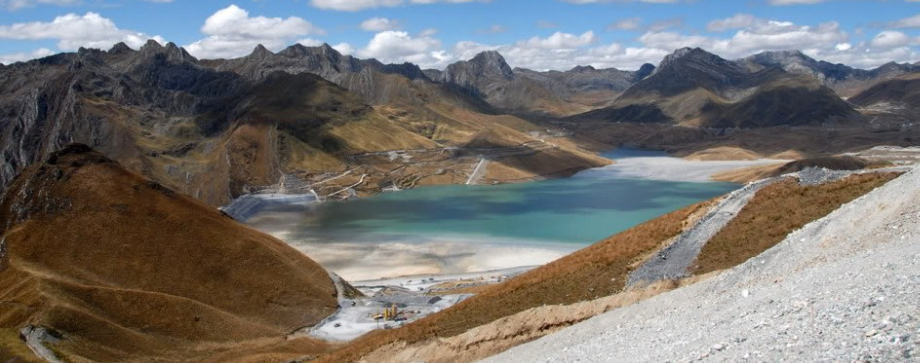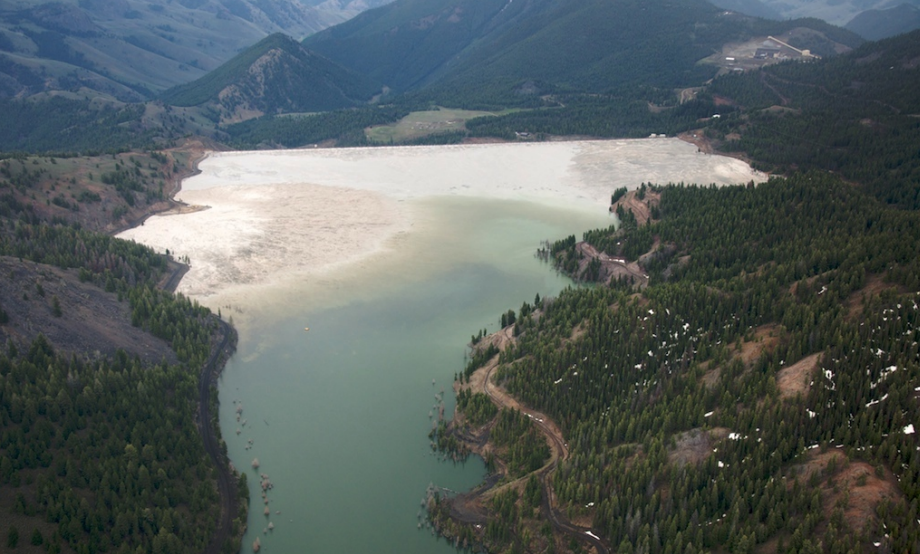
The tailings pond of the Antamina Tailings Dam at the Atamina Dam in Peru. Image from Wikimedia.
After surveying the devastation caused by Samarco’s tailings dam collapse, Brazil’s President Dilma Rousseff compared it to BP’s Deepwater Horizon oil spill. With eight bodies recovered, more than a dozen still missing, and towns destroyed, it’s being described as the worst environmental disaster in the history of the Minas Gerais.
InfoMine’s Jack Caldwell calls it a “disaster beyond proportions,” but one that did not come out of nowhere.
“There has been concern on the past couple years about this facility,” explains Caldwell, citing past reports of irregularities in the operation of the facility. He adds that the disaster was multi-causational and we will likely never know what the “immediate smoking gun” was that triggered the collapse.
While figuring out exactly what happened is a complex process, the lessons learned are crucial in helping avoid future disasters — something responsible mine operators understand well.
Caldwell’s course on advanced tailings management explores such controversies, helping those responsible learn from past mistakes.
By drawing on case histories, such as the 2014 Mount Polley mine incident, this course is designed for all those involved in maintaining tailings facilities.
With the mining world facing increasingly intense scrutiny, it’s more important now than ever before to be up to date on the latest advances and opinions in tailings management.

Bruno Creek Tailings Impoundent tailings pool. Image form Wikimedia.